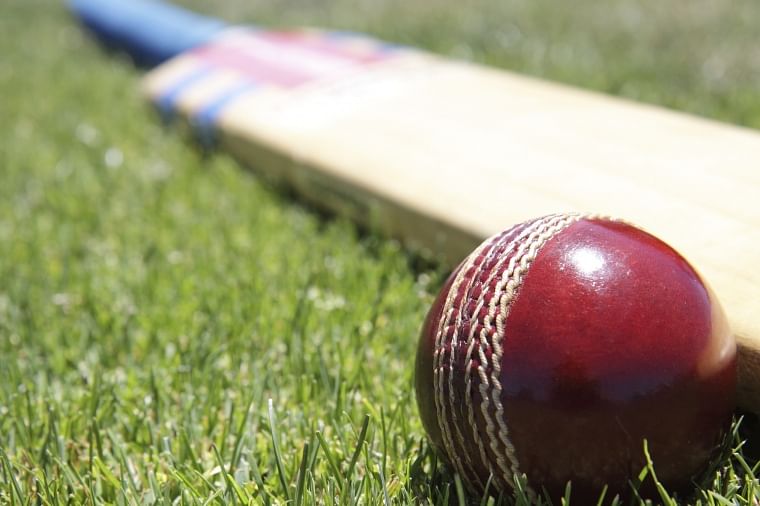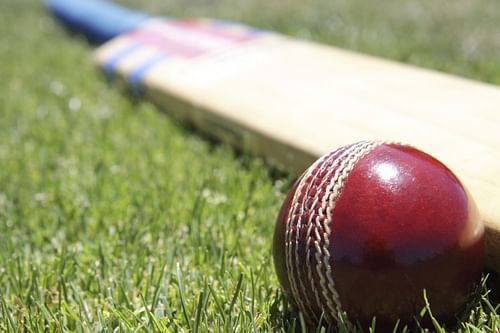
How the balance in cricket can be restored

The apex body of cricket will have a few decisions to take in the coming months which could decide the direction in which cricket goes in the future. Cricket aficionados would like to know the ICC’s stand on the growth of associate nations in cricket, right size of cricket bats and the appropriate ODI regulations.
Associates need adequate opportunities to develop
With the next ODI World cup set to be a ten team tournament, associates are rightfully worried about their future in cricket. Imagine a situation in which an associate team doesn't qualify for the World Cup and are also not able to play any top team in the time between World Cups. It will lead to a situation where the game would grow at a sluggish rate in these countries due to lack of competition and new cricketers will be tougher to find due to lack of incentives.
If we consider ICC’s logic of World Cup being a tournament of only top teams then they need to ensure that the lesser talented teams get enough opportunities to become that ‘top team’. Why can’t India play Ireland in their warm-up matches when they tour England? It would be better for both the countries as India would get a higher quality warm-up match and Ireland a chance to play a high-quality side and hone their skills.
ICC needs to have a vision where cricket doesn't remain a game of few countries but rather grows in unexplored territories.
ODI rules need an overhaul
The first ODI double century came 39 years after the of inception of One-Day International (ODI) cricket. Five more ODI double centuries have been made in the next five years. Surely the quality of batting cannot improve at such an exponential rate, then what has changed so much in the recent years? Four fielders outside the circle, two new balls on flat tracks have played a big role in the rising scores.
Reverse Swing has almost vanished with the ball getting only 25 overs old till the end. On flat tracks the new ball does not swing for long and becomes easier to hit for the top order as it comes onto the bat nicely.
Though the new rules have forced captains to be more attacking but it has shifted the balance of the game too much in the favour of the batsmen. Spinners are feeling more vulnerable with the fielding restrictions as batsmen are lining them up more often.
A solution to the conundrum is to have 25 overs with four fielders outside the ring and 25 overs with five fielders outside the circle and let captains decide the overs in which they want to have an extra fielder. It would ensure that the teams don't hold themselves till the last 15 overs as there can be an extra fielder patrolling the boundary in those overs and also provide spinners with an extra fielder if they feel the need for the same. Captains can always use the fielding restrictions when a new batsman comes in to ensure that he feels the heat of the situation.
Size of bats needs to be limited
In cricket, there is a limit on the width of bat which is four inches. But the makers of bat use the depth of the bat to put more wood in the bat by removing the moisture. Also the edges of the bat are growing bigger and bigger thus making the ‘sweet spot’ much bigger, mishits in the modern game are going for sixes because there is more wood on the edges of the bat.
ICC needs to ensure that overall bat development is limited to a satisfactory level so as to ensure a fair competition between bat and ball. Heavy bats combined with the field restrictions create a perfect disaster recipe for the bowlers.
The heavier the bats become the faster will the ball travel to the boundary. So there is an added risk of the ball hitting the players on the ground as well as the umpires in a dangerous way. The last thing cricket needs is another injury on the cricket field with the scars of Phil Hughes’ death still fresh in the viewer’s memory.
Limit on maximum overs a bowler can bowl
A lot of experts have recently mooted that the fifth bowler reduces the quality of bowling in ODI cricket so there should be an increase in the ten overs quota a bowler has at present so that the best bowlers bowl the maximum overs. ICC can give the freedom to bowl 12 overs to two bowlers so that the fifth bowler has only six overs to bowl. So when a player like Glenn Maxwell is on song, a captain should have the option to bowl Dale Steyn a couple of extra overs.
Even the death bowling would improve if the best bowlers are bowling in the death and viewers would be entertained with sixes as well as high-quality yorkers.
So let's wait with a bated breath to see how ICC restores a balance between bat and ball and finds a way to provide the lesser known nations a chance to grow and mark their authority on the game in the future.